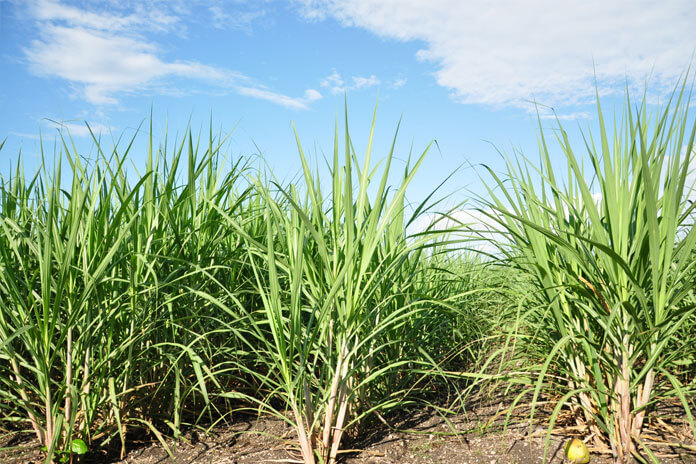BELIZE CITY, Thurs. July 23, 2020– Last year was a record-breaking year for sugarcane and sugar production in the Corozal and Orange Walk districts, with cane production for 2018-2019 reaching 1,317,626 metric tons (MT), and sugar production 156,646 MT after 214 days of milling. Production for 2019-2020, which came to an end on July 21, saw cane farmers delivering only 893,662 MT, and the mill only produced 88,000MT after 189 days of grinding.
Industry experts say the decline, 68% in sugarcane production and 56% in sugar production, is the result of the severe drought last year and earlier this year, and also floods, pests, and the Covid-19 pandemic. Cane quality, largely because of the drought, was greatly reduced compared to last year; it took only 8.41 tons of sugarcane to produce one ton of sugar in crop year 2018-2019, while this year, 2019-2020, it took all of 10.20 tons of sugarcane to produce a ton of sugar.
The Country Manager at ASR, Celestino Ruiz, said the year was extremely challenging, that “the economic impact will be significant”, that it was a struggle “with cane supply and quality due largely to last year’s drought, mud, the COVID-19 pandemic, and an extended mill stop due to floods late in the season.”
Cane Farmer Relations Manager at ASR/BSI, Olivia Avilez, said that because of the challenges of climate change the industry will need “unparalleled collaboration among our four cane farmers’ associations and their more than five thousand farmer members, the mill, Government bodies and all other industry stakeholders” to “climate proof the industry against the effects of climate change.”
ASR Vice President Mac McLachlan said some good news was that the company’s “strategic value-added investment projects…to produce more direct consumption sugar this year” has lessened the industry’s significant losses because of the drought, and that the industry “must continue to improve production efficiencies while expanding markets, especially in CARICOM.”
Belize Sugar Industries Limited (BSI) said that there were many challenges during the zafra and the four farmers’ associations, their employees, and other industry stakeholders deserve to be congratulated for their steady work “to end the crop as smoothly as possible.”
For caneros in Corozal and Orange Walk, things could not be worse —this crop year possibly being the worst ever. In 2018-2019, the year of the last crop, despite the fact that they produced more sugarcane than the factory could mill, the price they received per ton of sugarcane was so dismal, about $50 per ton, that many of them recorded losses. The fact is that for years now our caneros have not been profiting from the hard labor and other investments they have made in their fields.
For this crop, 2019-2020, with the same investments in about the same acreage, their production is down by a third because of the severe drought and other factors, and the price they’re getting, an estimated $47.74 per ton, is lower than what they received last year. The low price for sugarcane, coupled with the decreased output, means that even the most efficient farmers are experiencing major economic hardship this year.

